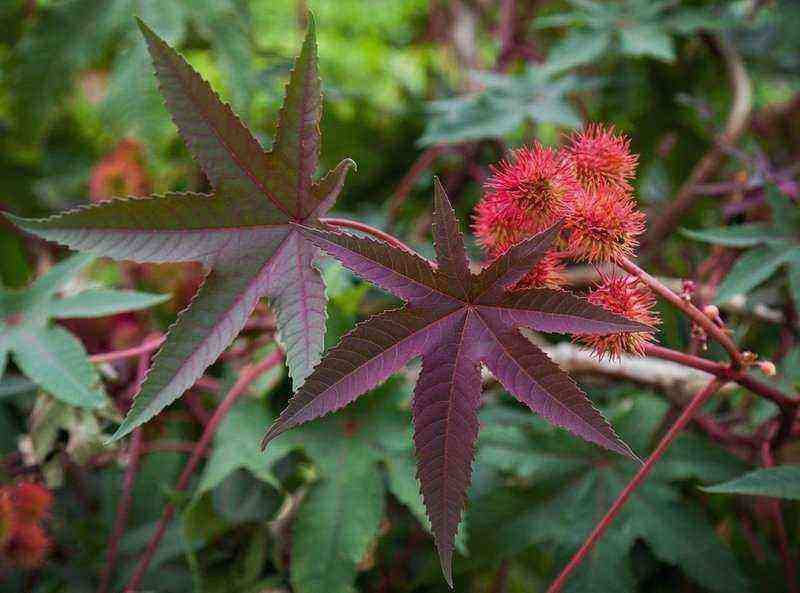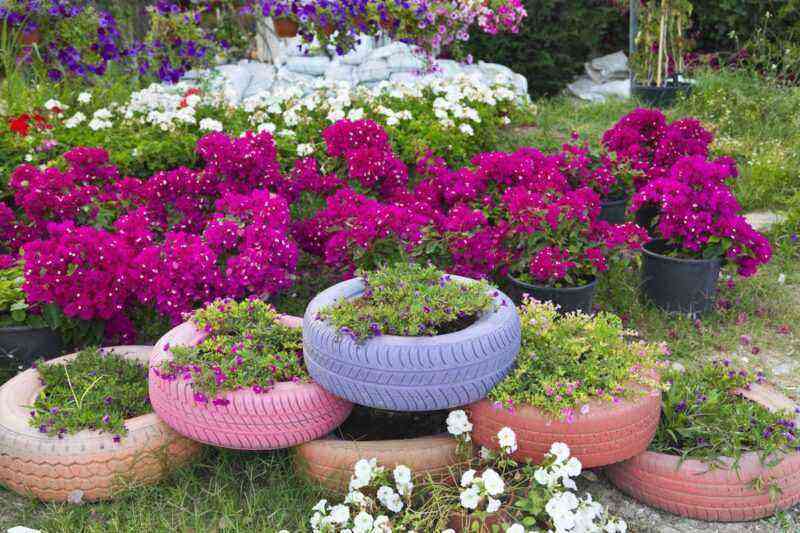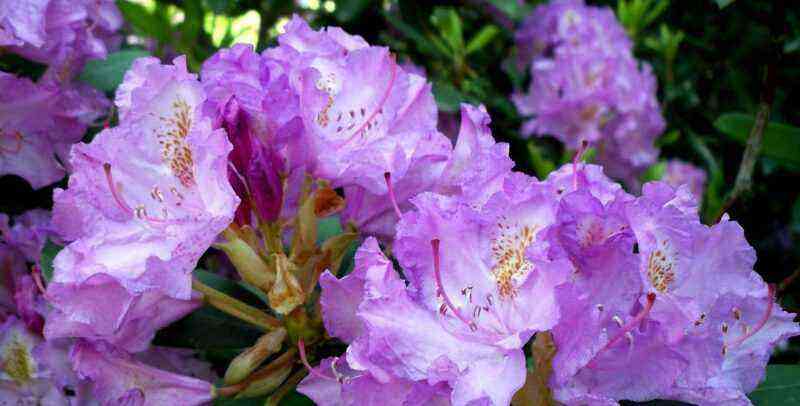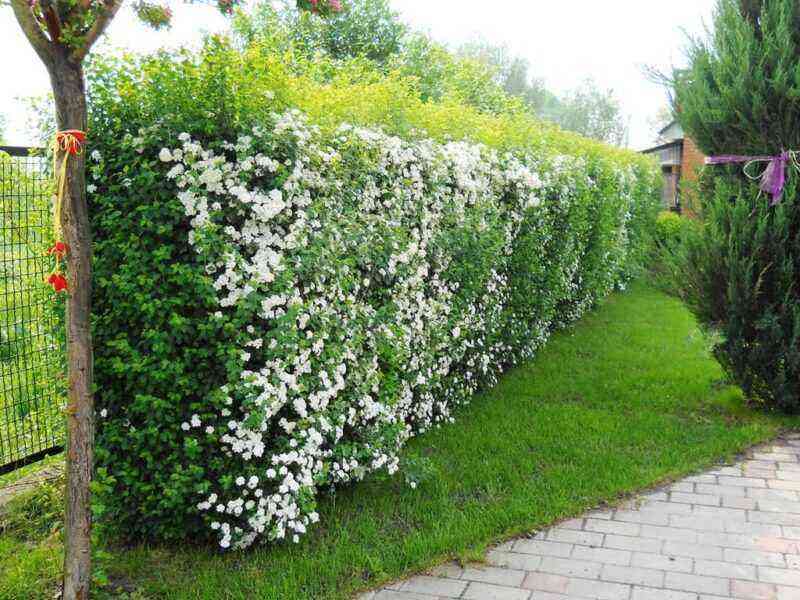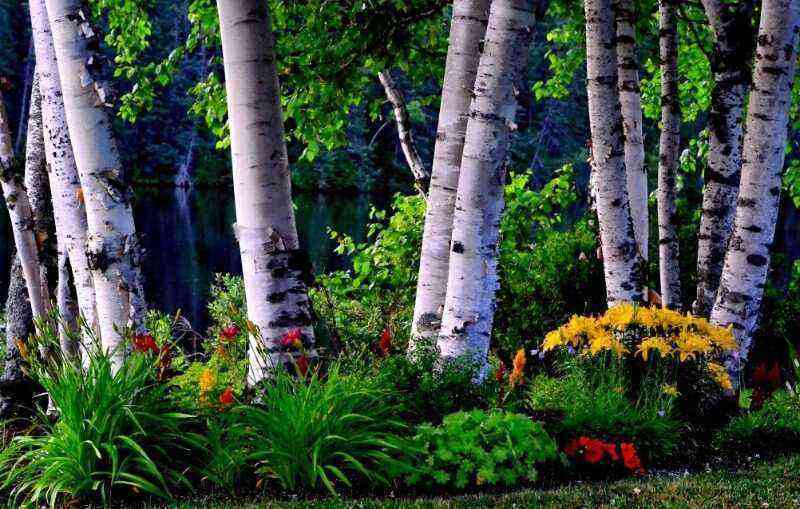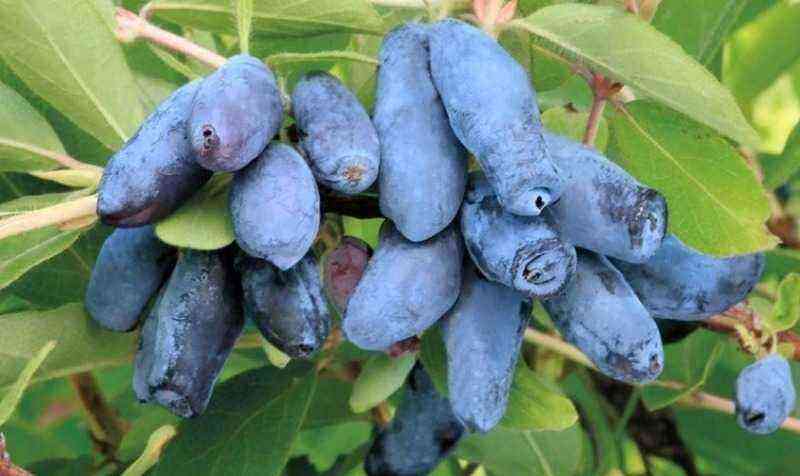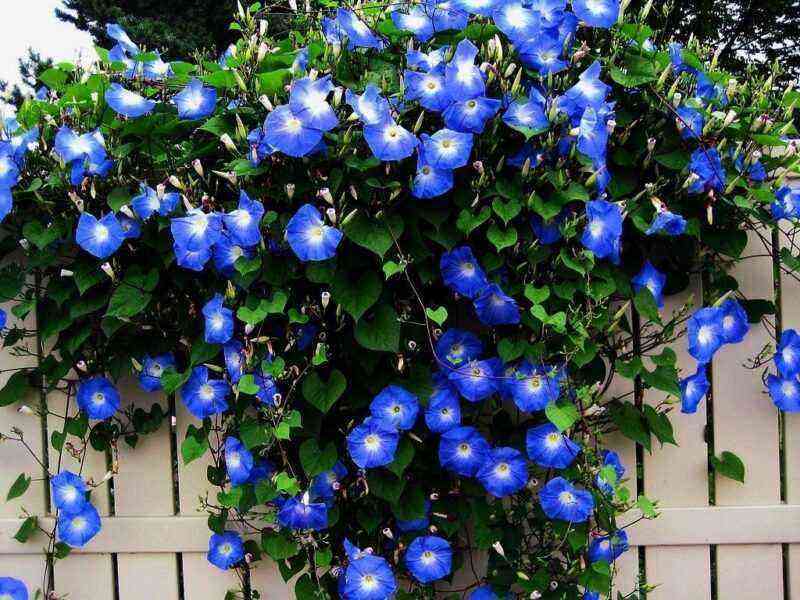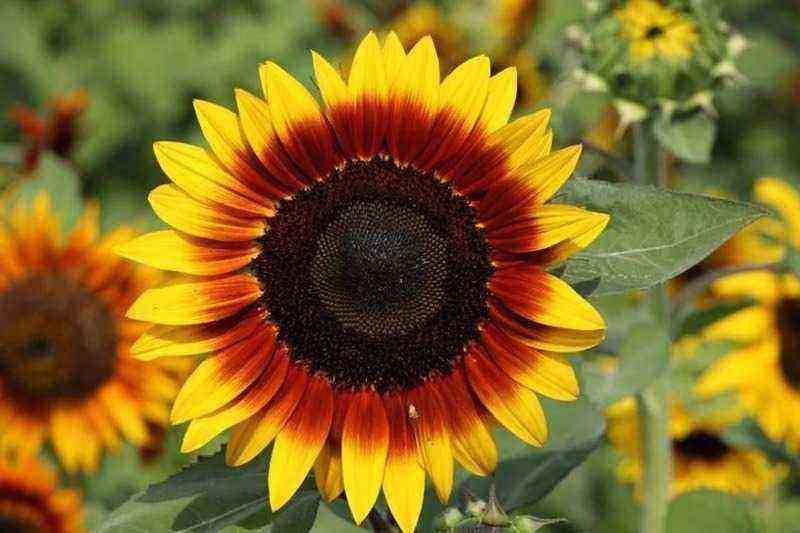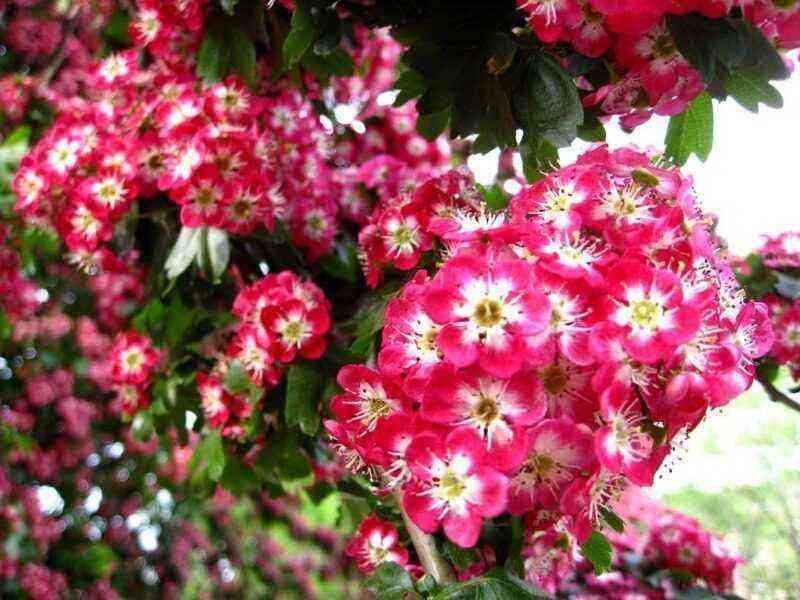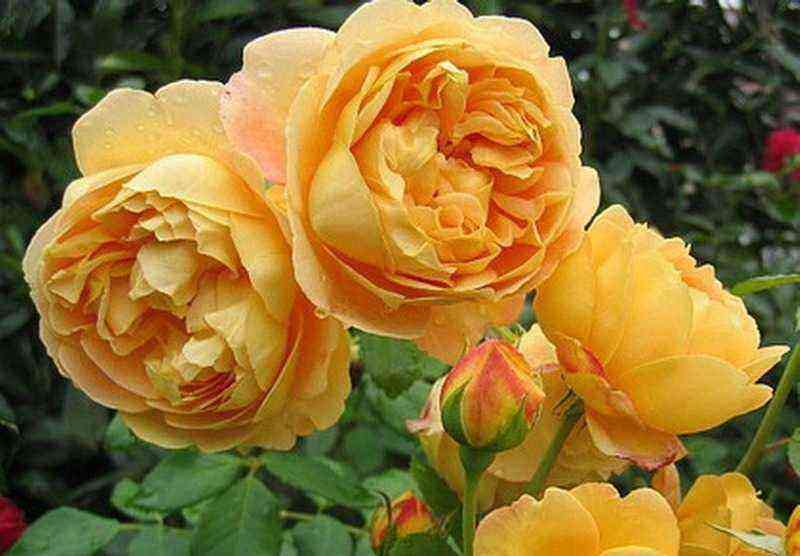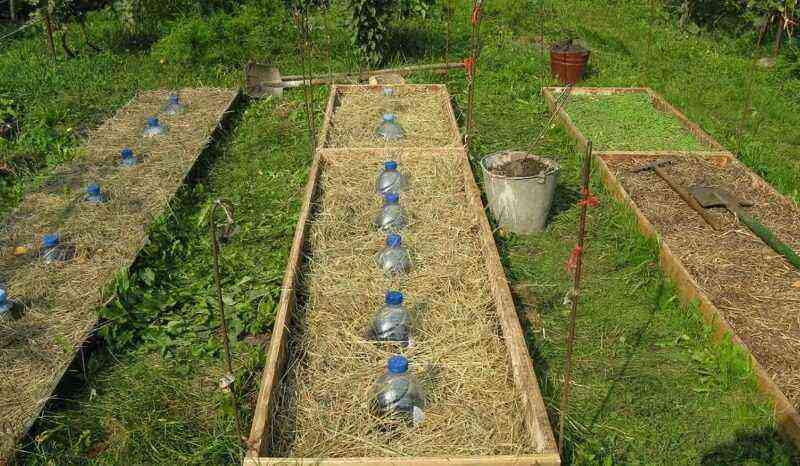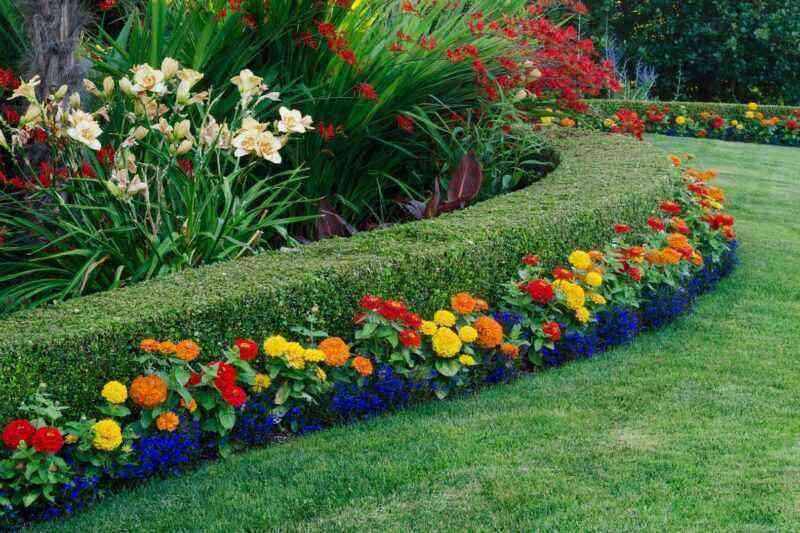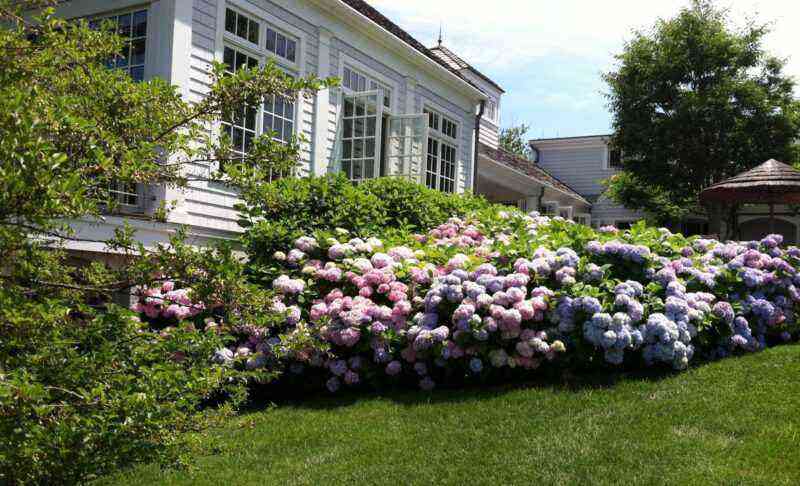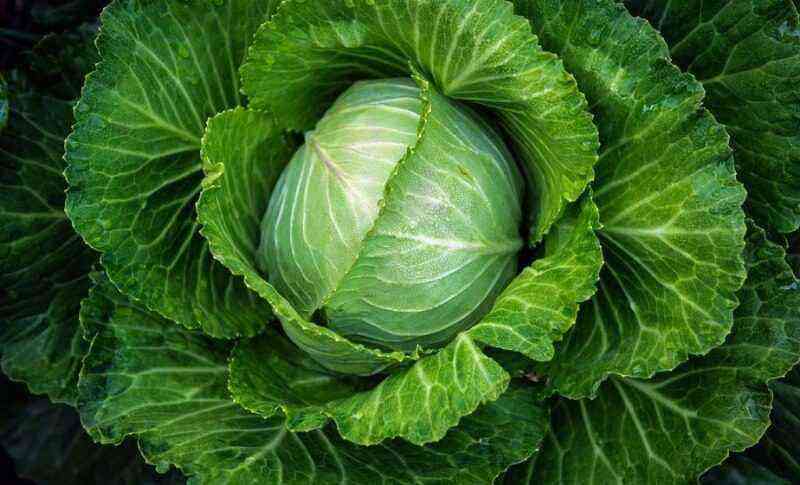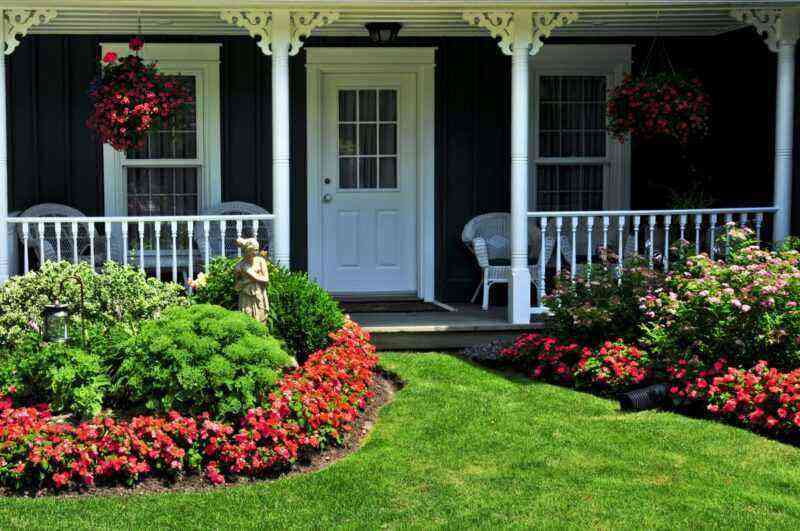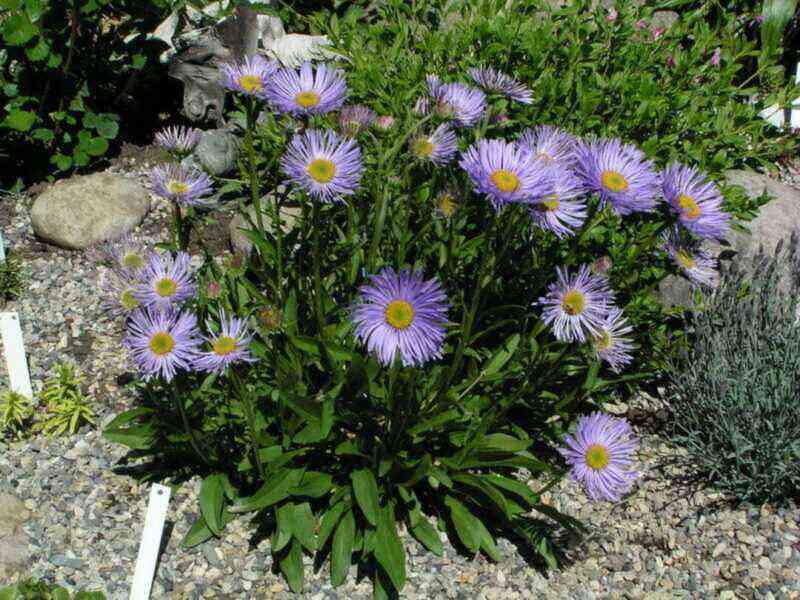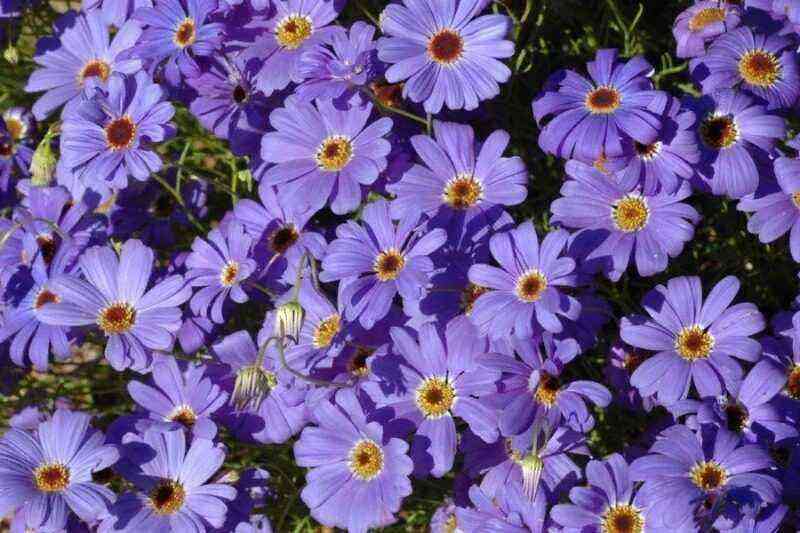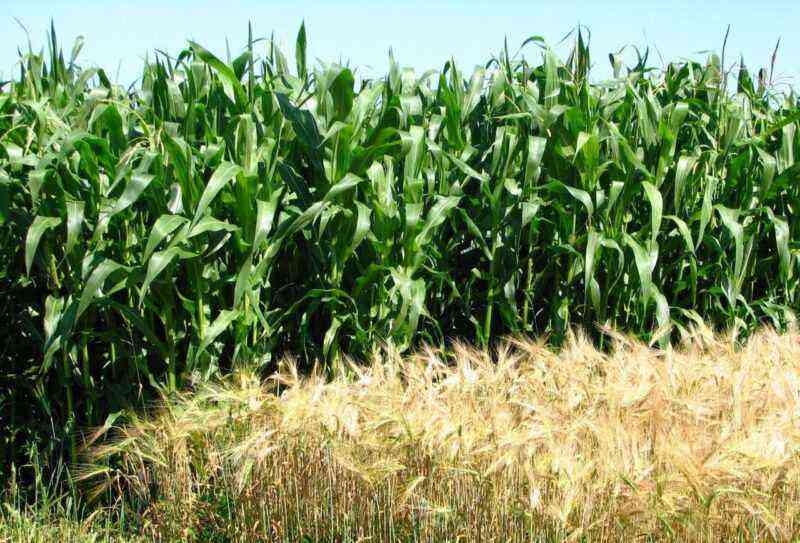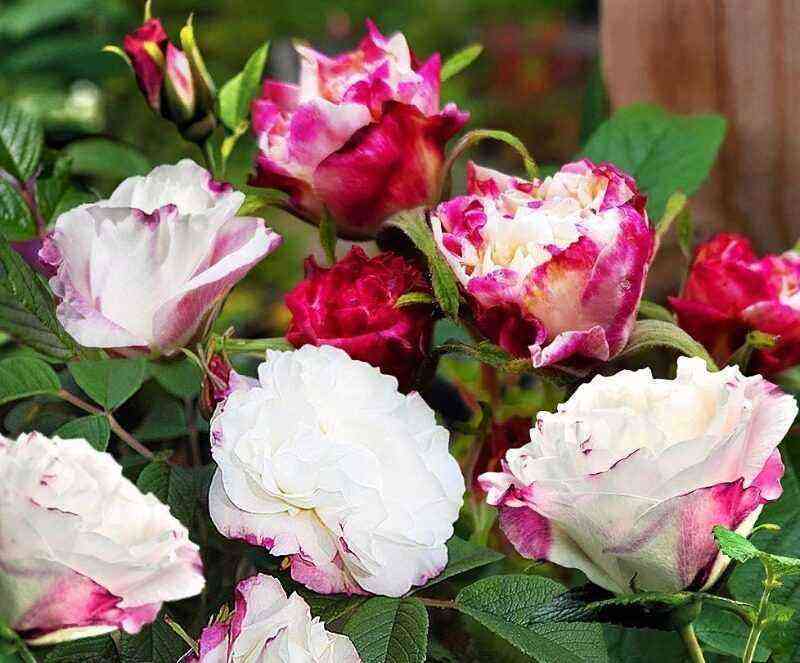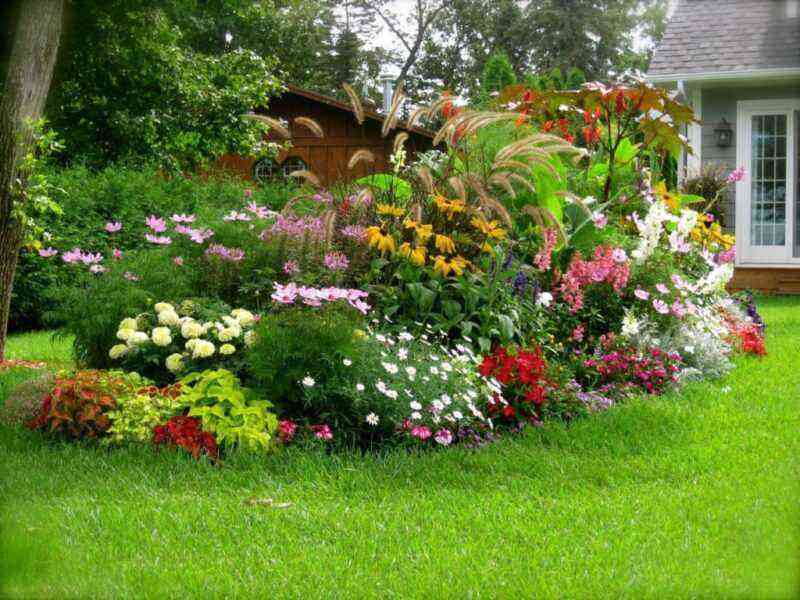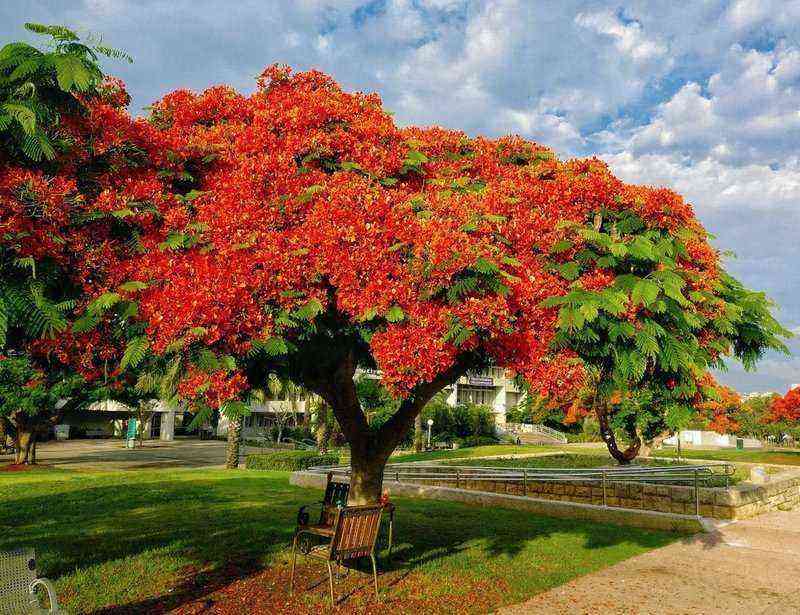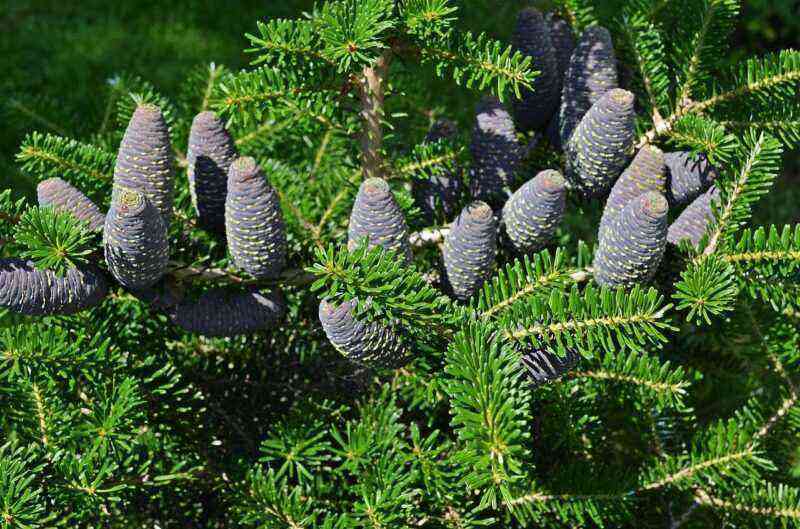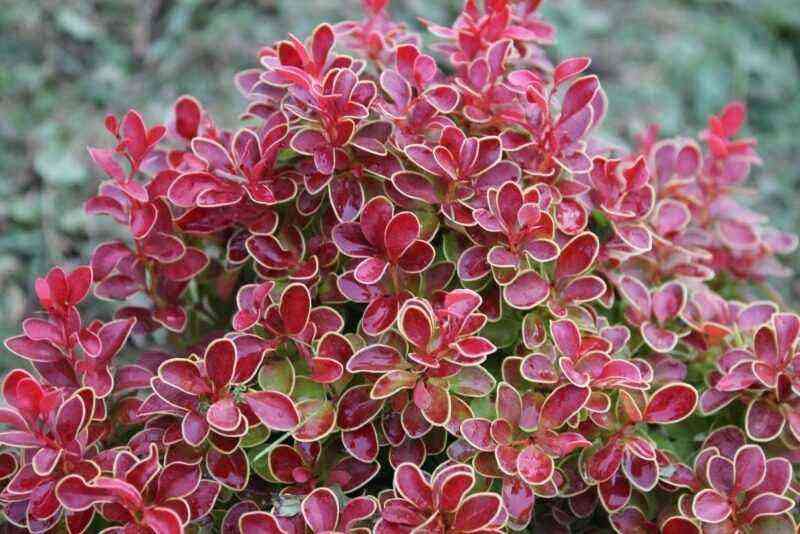Many housewives get rid of flower beds, replacing them with a lawn in order to spend less time weeding and grooming. But in fact, you need to look after the lawn grass no less than the roses or ornamental shrubs. With poor-quality care, herbs can hurt, be affected by pests, which is why their decorative effect is greatly reduced. As a result, instead of a beautiful lawn, you get a lifeless area covered with bald spots and yellowed grass blades, which spoils the whole design. Any disease on the lawn is easier to prevent than to rebuild the turf from scratch. Consider the most effective measures for the prevention and treatment of lawn grasses affected by diseases or spoiled by pests.
Every doctor will tell you that maintaining health is much easier than getting rid of old sores. This applies not only to humans, but also to plants. If the disease progresses to an advanced stage, then the only way to save the grass is to cut out pieces of the affected turf and completely replace the soil in this place. Meanwhile, most diseases can be prevented with proper care. So, the main activities to keep the turf healthy:
Eliminate excess moisture and stagnant water
High soil moisture is the best factor for the development of fungal infections. The more the soil is compacted, the harder it is for the roots to breathe. If you notice that the water after the rains stands on the lawn in puddles, it is necessary to carry out aeration with special devices or ordinary garden forks, pinning the ground in many places.
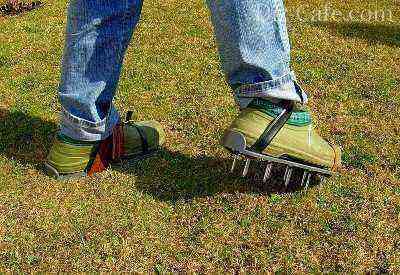
Good oxygen access to the roots makes the sod more developed and resistant to most infections, and aeration helps to avoid moisture stagnation
Timely cleaning of felt
Dying blades of grass gradually accumulate on the lawn and interfere with the normal growth of the rest of the grass. Their drying stems cover the ground with a solid carpet and prevent proper ventilation. Hence – excess moisture and damping out of the roots. Timely raking the lawn will help to avoid the problem. If mowing with a trimmer, then combing at the same time as harvesting the mowed grass. But the owners who cut with lawn mowers must additionally take a rake in their hands to comb out the felt.
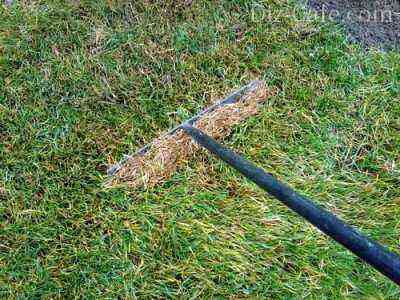
Dying blades of grass accumulate near the ground as a continuous carpet, creating excellent conditions for the reproduction of infection spores, since it is always wet under the felt
Competent fertilizing
There is a rule that the closer to autumn, the less nitrogen should be applied to the soil. Nitrogen causes an excess of green mass, weakening the root system, which is undesirable in autumn. Before winter, it is the roots that must leave healthy in order to give a good herbage next spring. Therefore, we apply nitrogen in spring and until mid-summer, and by autumn we feed only phosphorus-potassium fertilizers.
Preventive measures in winter
In winter, the root system of grasses becomes fragile and quickly deteriorates if you walk on it as actively as in summer or autumn. Ideally, in winter you shouldn’t step on the lawn at all, but sometimes it is located just along the path to the outbuildings or the gate. In this case, put boards on the snow and walk on them. This is a more gentle option than trampling the frozen turf with shoes.
If you apply all of the above measures regularly, but the lawn still does not please with its appearance, you need to figure out what disease or pest wears off. The sooner you start the fight, the faster you will destroy the infection, until it has captured the entire territory of the lawn.
All grass diseases can be divided into two groups: infectious and parasitic. Infectious plants infect the plants themselves. Their spores penetrate the stems or roots, causing the grass to die off. Parasitic – this is the settlement of the lawn with other microorganisms (fungi, lichens, algae), which gradually displace the sod from the inhabited area, reclaiming an ever larger territory from it.
In plants, the susceptibility to infections is different. Of the lawn grasses, bluegrass and all types of fescue are most affected by diseases. If they are in the mixture planted on your lawn, then the care must be especially careful. Among the most common turf diseases are the following:
Disease # 1 – fusarium
The disease is transmitted through contaminated soil or through the air, so if your neighbors’ lawn is already sick, spores will reach you. The term for the development of infection is from late autumn to early spring. The causative agent Fusarium mushroom is very resistant to low temperatures. It will survive even at -50 °, although it reaches its greatest development at temperatures from zero to -5 °, during thaws and damp weather. Symptoms of the disease appear in early spring. On a thawed lawn, you will see silvery or slightly pinkish spots of glued grass. The diameter of the spots is from 2 cm to 20. Because the grass looks dusted with snow, the infection is also called “snow mold”. Gradually, the blades of grass dry up and become straw.
If the spots are small, treat them immediately with a systemic fungicide such as carbendazim. Large spots indicate a strong damage to the sod. In this case, the entire area is sprayed with a fungicide, and the sod is completely removed from the affected areas along with the top layer of soil and sowed with grass in a new way.

The most common infection, called snow mold, or fusarium, is easily recognized by a silvery-gray bloom on the blades of grass, resembling cobwebs or slightly melted snow.
Disease # 2 – powdery mildew
A very well-known infection that affects many garden crops. It actively develops in humid summers. It manifests itself as a white bloom on the blades of grass, reminiscent of cotton wool or foam. Gradually it darkens and thickens, and along with this, the blades of grass dry up.
Most often, moisture and excess nitrogen fertilizers are to blame for the appearance of powdery mildew. Stop feeding the lawn, spray it with a fungicide, and brush it out well with a fan rake. Before winter, treat it again with a fungicide, then be sure to mow to prevent the mushroom from wintering on the stems, and re-treat it with a chemical. In the spring, carry out a complex feeding.
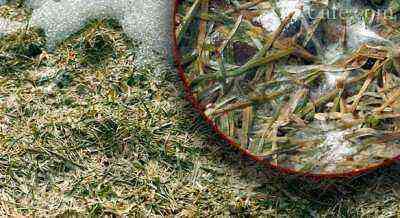
Flakes of white foam on the blades of grass are a signal that powdery mildew has settled on the lawn. And it’s better to start the fight with her as early as possible.
Disease # 3 – rust
The disease has several varieties, but all of them are easy to find on the stems of herbs in different shades of reddish-yellow tones. The lawn from a distance looks stricken with rusty spots. Most often, low illumination of the lawn and a lack of minerals in the soil lead to infection. Fertilize the sod well, in dry summer – establish regular watering, and mow the affected areas after 2-3 days until healthy stems grow.
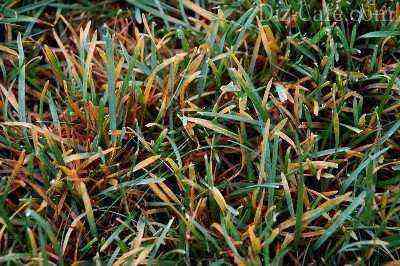
If the lawn began to turn yellow not in late autumn, but in spring or summer, it means that it was struck by such an infectious disease as rust. The reason is a lack of nutrition for the roots
Disease # 4 – red threadiness
The most eloquent proof of unkempt lawn. Reminds of itself in May or autumn. The grass begins to turn pink in some places, and if you look closely, this color is given to the stems by thread-like red spores that braid the aerial part of the grasses. The appearance of the lawn immediately deteriorates, and some areas gradually dry out. There is no particular fight against this disease. It is enough to feed the sod, comb it to remove debris, and improve aeration.
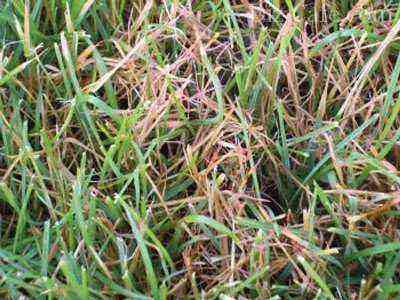
Pinkish spots on the lawn are formed as a result of the vital activity of harmful spores that entwine the aerial part of the grass, leading the plants to death
Parasitic diseases
Plants-parasites (mosses, lichens, algae, fungi) settle only on unkempt lawns, where the grass is weakened due to poor nutrition, lack of drainage and soil compaction. If the turf is healthy, then it will fight for the territory itself, and special help is not required here.
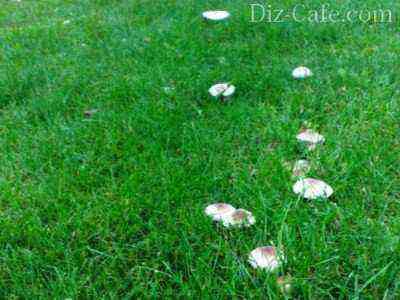
If few mushrooms appear on the lawn, then they are not dangerous, and even useful for the grass, since the mycelium feeds the roots with useful microelements
To eliminate lichens, the first thing to do is liming the soil, reducing the excess of acidity. Most often, this is enough to remove the parasite. The second step should be systematic fertilizing that will improve the health of the lawn. Algae growth is the result of compacted soil and poor drainage. If you establish aeration and comb the grass from time to time, then the problem will disappear by itself. Mushrooms are actively developing where there is a lot of organic remains (stubs of fruit, unharvested grass, etc.). If you put the lawn in order and burn all the debris, then gradually the mycelium will weaken and disappear.
In addition to diseases, many living creatures encroach on the lawn, but insects among them play the most insignificant role. The damage caused by a bread mite, wireworm or fly fly is not so significant, and if the turf is healthy, it quickly tightens the damaged area.
More serious lawn pests are moles, ants and earthworms. Their tireless activity leads to the appearance of mounds of earth on the lawn, the grass under which, naturally, dies.

The more nutritious the soil under the lawn grass, the faster the mole will settle there, looking for prey in the form of earthworms
You can find options for getting rid of moles from our article “Fighting moles in a summer cottage: an overview of some humane methods.” We will take a closer look at how to get rid of ants and earthworms.
War with ants: scare away and poison
Ant mounds can appear on the lawn only in two cases: if there are fruit trees nearby, on which they can graze aphids, and if the grass is planted on the sand. It is easy to make a deep anthill in it. To destroy the entire “herd”, the easiest way is to treat the anthill with a strong chemical. Gels are especially good, since it is enough to apply them on the ant path and drip in several places on the top of the anthill. Insects will drag the “delicacy” deep into and feed them all, including the queens. Tomorrow the mound will be strewn with corpses. All you have to do is level the soil and sow the grass.
If ants are frequent guests on your lawn, then it is better to fight them off by scaring away. Sprinkle ground red pepper or cinnamon over the lawn. They do not harm the grass, but insects cannot stand strong odors.
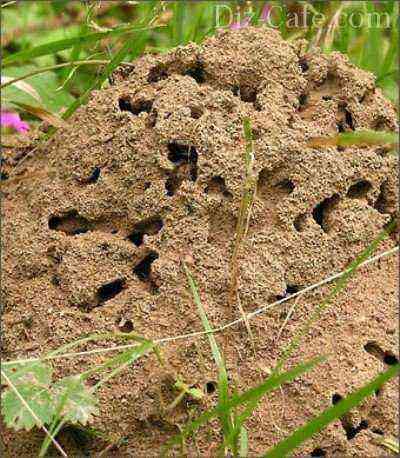
Sandy soils are a real treasure for ants. They are able to build anthills of great height in them, if you do not take measures to scare them away.
Earthworms: moving to the garden
Sometimes a lot of earthworms appear on the lawn. More precisely, we see not them, but traces of activity – holes all over the lawn and heaps of excrement. If no one walks on the lawn, then the mounds will quickly drag on. But on the lawn, where the owners are accustomed to rest, such places will be trampled down, and the blades of grass will be crushed. As a result, bald spots will appear.
It is not customary to destroy earthworms, because they loosen the soil perfectly. You just need to get them to get out of the lawn to the nearest flower garden or garden. To do this, stop watering the lawn and cover it with sand. Worms do not like dry places and will crawl to where it is more humid. You can also wait for a heavy downpour and head out onto the lawn immediately afterwards. The downpour will flood the passages of the worms, and they crawl out in search of oxygen. This is where you take them lukewarm. Collect in a jar and transfer to the beds.
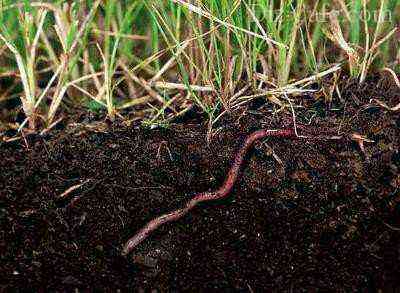
Earthworms perfectly ventilate the soil and improve its drainage properties, but the appearance of the lawn covered with mounds of soil is not very aesthetic
A lot of harm is caused by the grass and the dogs that dig holes, but the owner himself is to blame for this, allowing the animal to run freely around the site.
